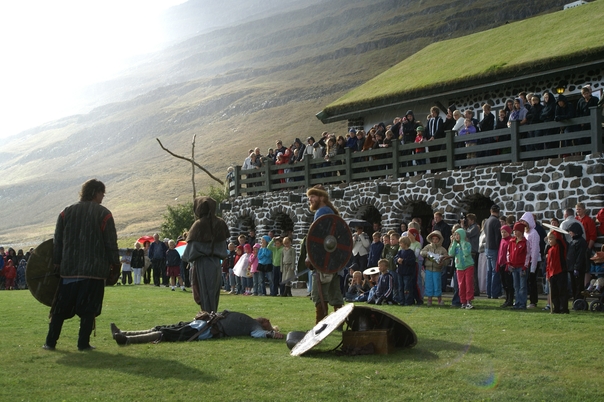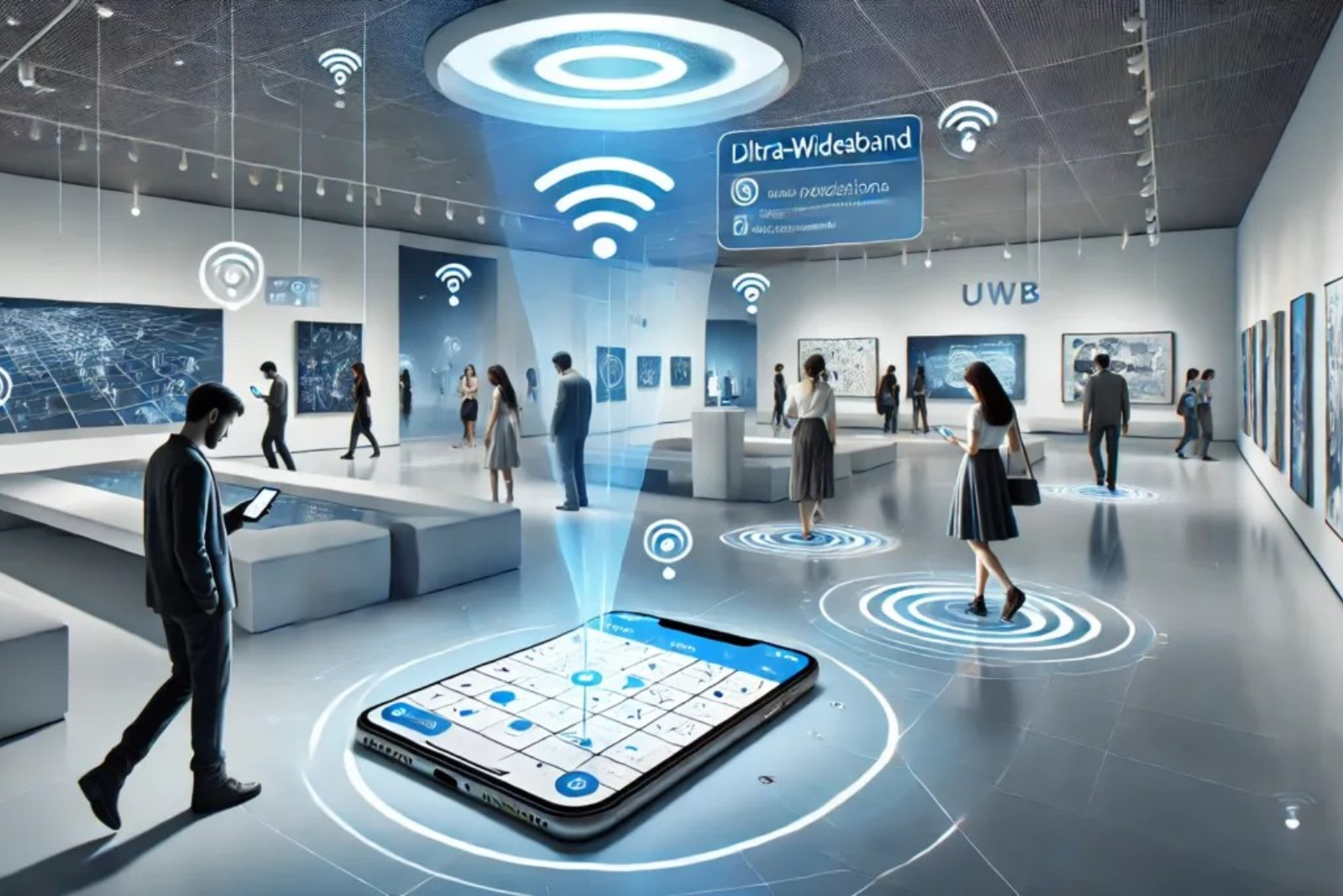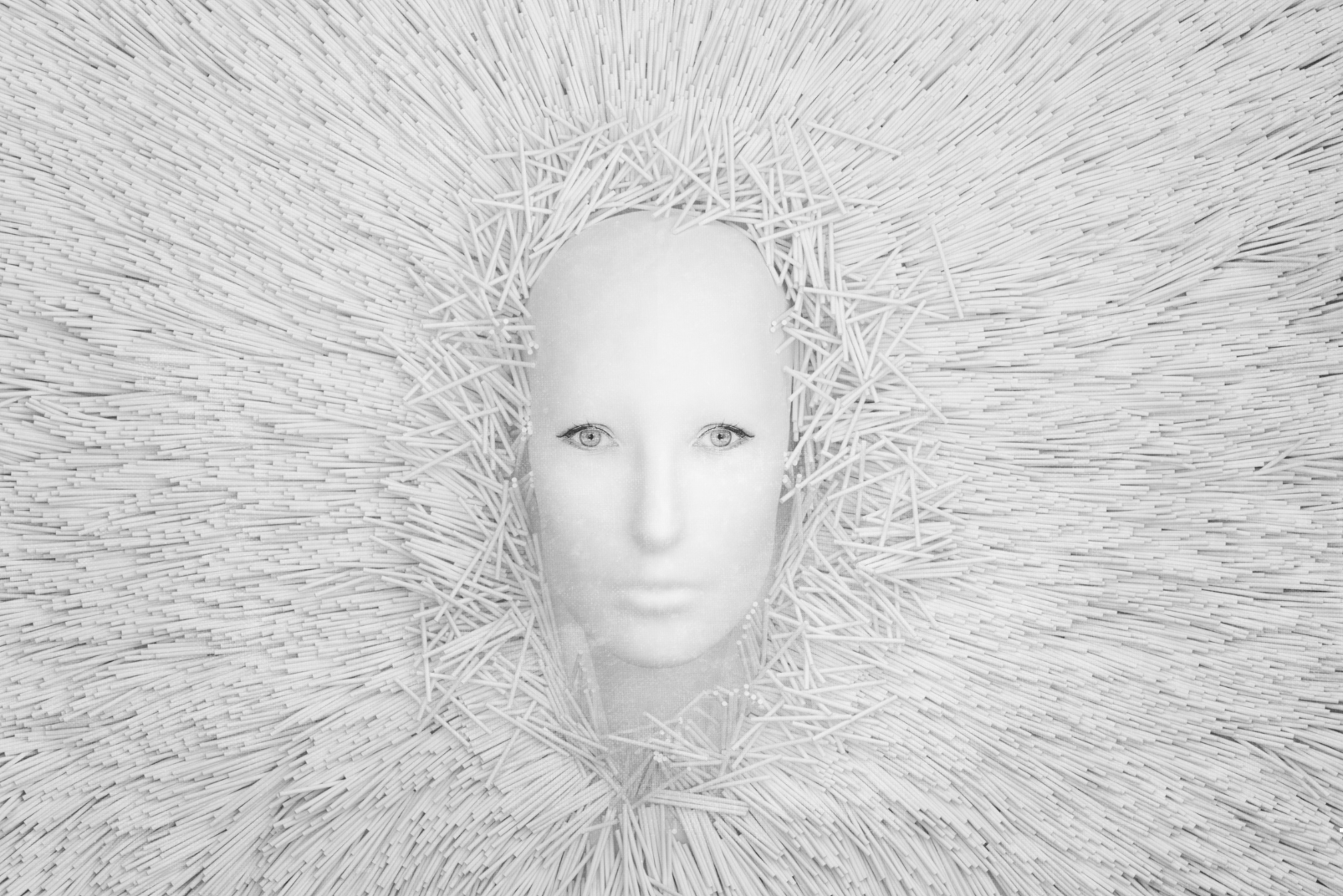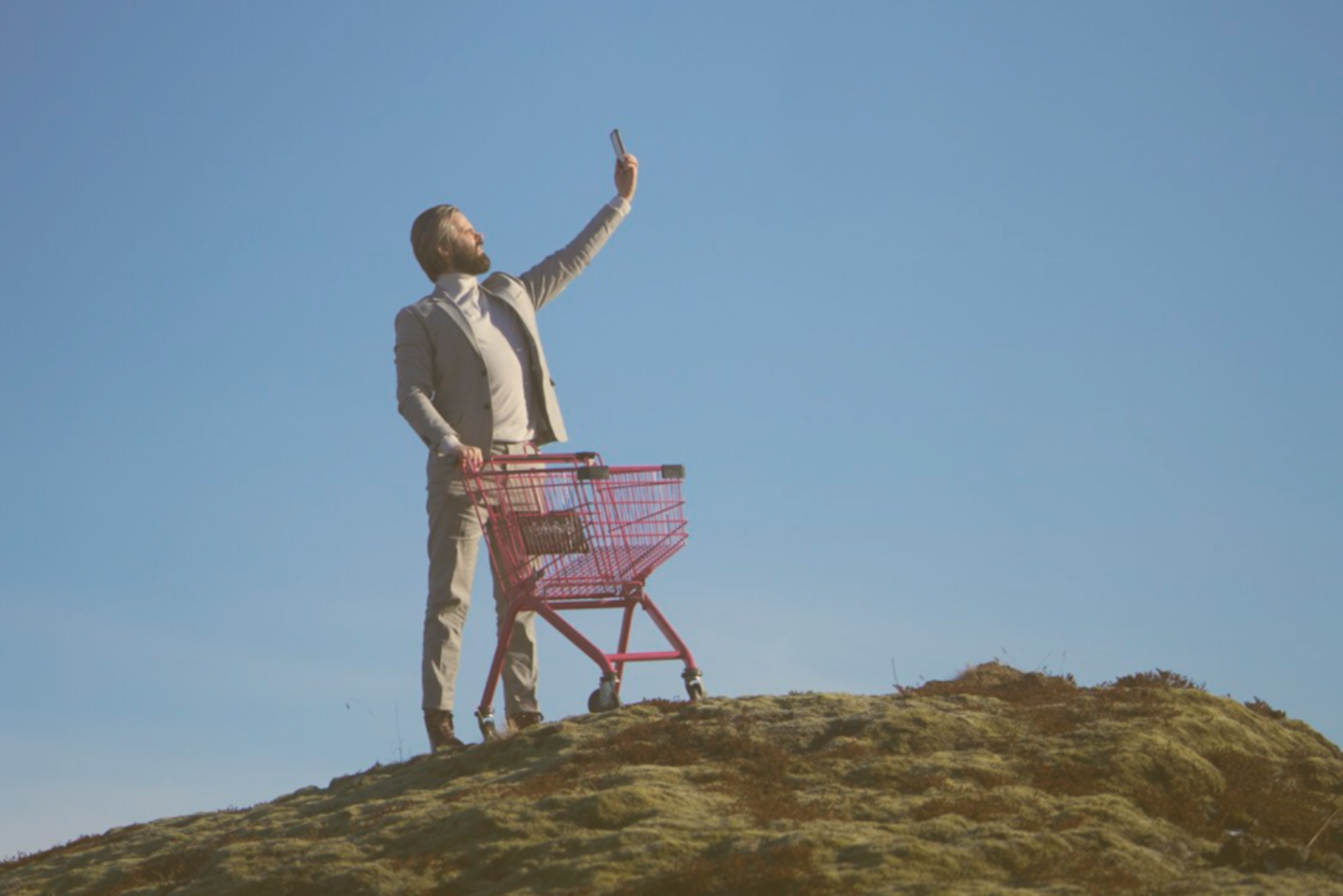Connected Culture and Natural Heritage in the Northern Environment (CINE) embraces the concept of Museum Without Walls – an outward facing museum that takes an active role in challenging perceptions, in fostering social change and in providing access and information to diverse audiences, using new technologies to step beyond the traditional museum context.
The main project output is the development of a multi-functional, digital interpretation and data-management toolkit to create new, unique on-site and off-site customer experiences in specific locations in the northern environment. Innovation will be used to enhance capacities and preparedness of local and regional communities, by raising awareness of natural and cultural heritage sites. The aim is to protect, promote and develop sites that are at risk due to a changing climate, or those we consider of particular significance for future generations.
How will project goals be achieved?
CINE aims to create a toolkit that will help remote and sparsely populated areas to present and preserve their cultural and natural heritage in new innovative ways. By enlightening and educating people about their often hidden heritage landscapes and natural landscapes in which they live or which they visit, we minimise the risk of exploitation of natural resources by industry and tourism.
Many heritages sites are also at risk due to changes in our climate due to more fierce weather conditions and rising sea level. Archaeological sites in close proximity to the sea (e.g. Vagar), or natural and cultural heritage sites in the highlands where erosion is a growing problem in a Northern climate (e.g. Skriduklaustur and Strath of Kildonan).
CINE will connect regional SMEs with national institutions and facilitate the transfer of knowledge from established companies and universities to small enterprises and cultural centres in remote areas. The project will help local, regional and national authorities to understand better the value of heritage information to build awareness about the past, and the possibility to visualise the environmental changes of both the past and the future.
Locatify’s contribution to the project’s four objectives:
1. Rediscovery of lost and endangered heritage landscapes
We will make digital representations of the Strath of Kildonan and Helmsdale focussed on five research periods: Iron Age, Medieval Helmsdale, Kildonan Gold Rush, Herring Boom and Helmsdales future. Each period will be represented by a 3D digital model. Activities include community engagement, historical research, digital modelling and curated interpretation.
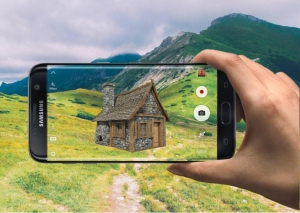
2. Exemplar applications for Virtual Museum Without Walls (VMW2)
We will create interactive journeys around mobile technology to engage visitors in exploring our heritage. System connections and APIs will automate dissemination through social archive sites such as sketchfab, and content aggregators such as Europeana.
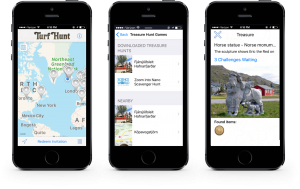
3. Connecting the North with Digitourist
The Digitourist framework will be used to create live and recorded digital tours to provide a virtual tourist experience that connects the Northern Periphery. A website will broker virtual tools enabling providers to advertise tools, and individuals or groups to book tools. The tools themselves will combine prerecorded and live elements to maximise user engagement in a responsive system.

4. The protection of heritage through its promotion.
We will hold a community engagement programme throughout the project duration, work with Highlife Highland in the provision of educational services, collaborate with Highlands and Islands Enterprise in the promotion of the toolkit. Aim is to create a museology which advocates synthesis of the physical and the virtual to enrich relationships between communities and visitors. This WP contributes to all three objectives of the project: environmental preparedness, open access, and strengthening pride of place.
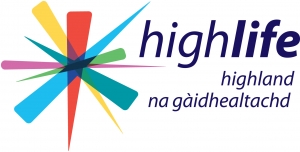
Museum Without Walls Partners:
Lead Partner: Museum Nord (NO)
Partnership: Timespan – Helmsdale Heritage and Arts Society (SC), Gunnar Gunnarsson Institute (IS), Donegal County Museum (IE), The University Court of the University of St Andrews (SC), Locatify (IS), The Discovery Programme: Centre for Archaeology & Innovation Ireland (IE), Department of Media & Communication, University of Oslo (NO), Aurora Borealis Multimedia AS (NO).
All partners and associated partners will take part in this project and follow the process closely through exchange of knowledge and experience. Locatify will be responsible for the heritage games and integrating new ideas, e.g. augmented reality, role playing and story-telling, working closely with other technical partners, such as St. Andrews University.
About the project:
The Northern Periphery and Arctic 2014-2020 Programme forms a cooperation between 9 programme partner countries; the Member States of Finland, Ireland, Sweden and the United Kingdom (Scotland and Northern Ireland) in cooperation with the Faroe Islands, Iceland, Greenland and Norway. This means that the programme area encompasses the Euro-Arctic zone, parts of the Atlantic zone and parts of the Barents region, neighbouring on Canada in the West and Russia in the East.
Despite geographical differences, the large programme area shares a number of common features, such as low population density, low accessibility, low economic diversity, abundant natural resources, and high impact of climate change. This unique combination of features results in joint challenges and joint opportunities that can best be overcome and realised by transnational cooperation.
The Northern Periphery and Arctic 2014-2020 Programme is part of the European Territorial Cooperation Objective, also known as Interreg, in the framework of the cohesion policy, supported by the European Regional Development Fund. The programme operates in a multi-layered policy landscape, making it well positioned to contribute to and align with the Europe 2020 Strategy, national and regional policies and development strategies, macro regional and sea basin strategies, and other programmes covering parts of the geographical area. In addition, increased interest and rapid developments in Arctic regions have resulted in a more explicit recognition of the programme’s Arctic dimension in regional development.
Locatify is excited to be a part of the Museum Without Walls project and looks forward to working closely with the partners from Connected Culture and Natural Heritage in the Northern Environment.

